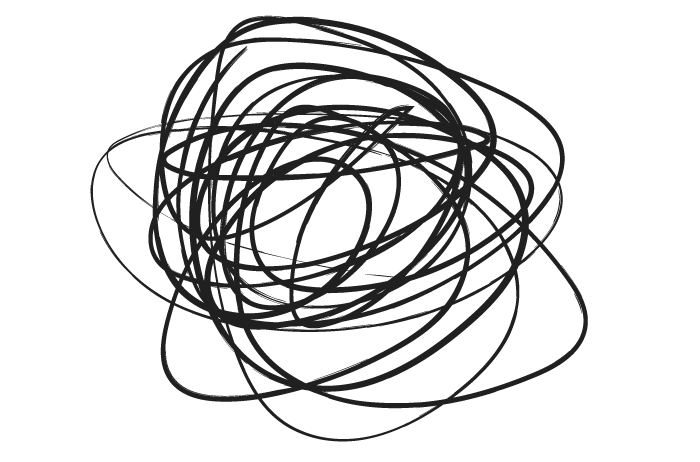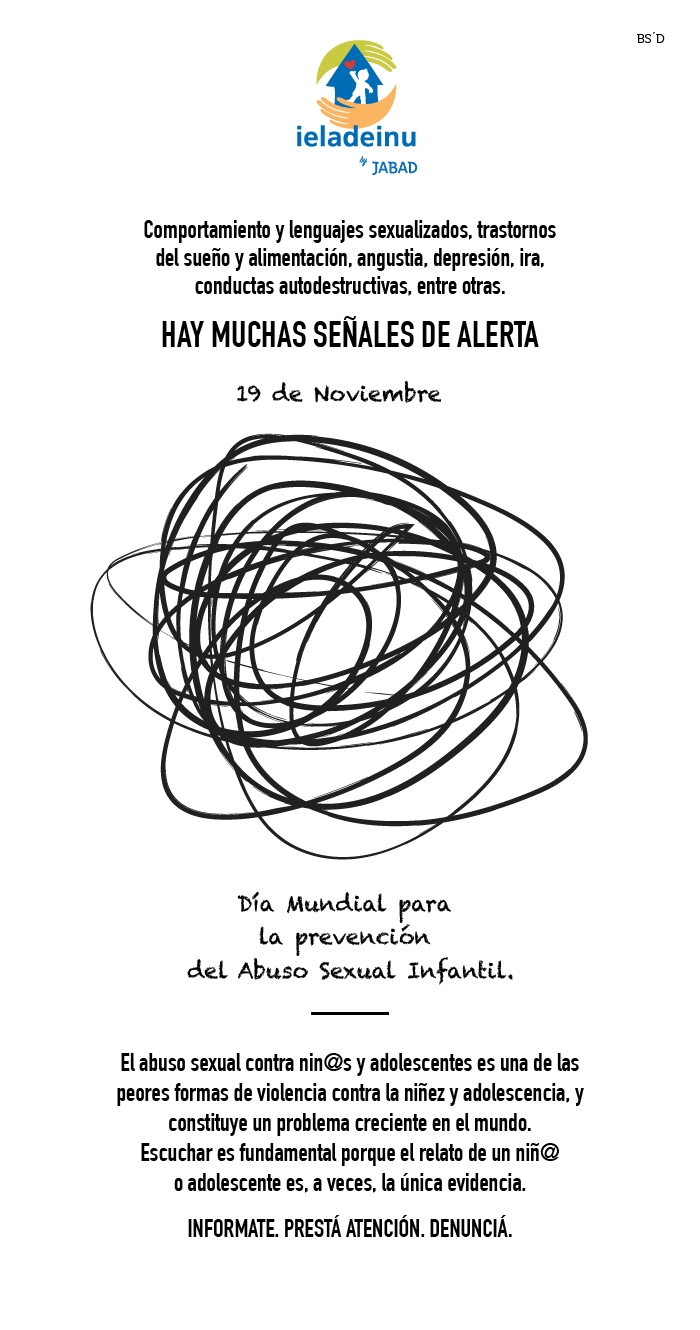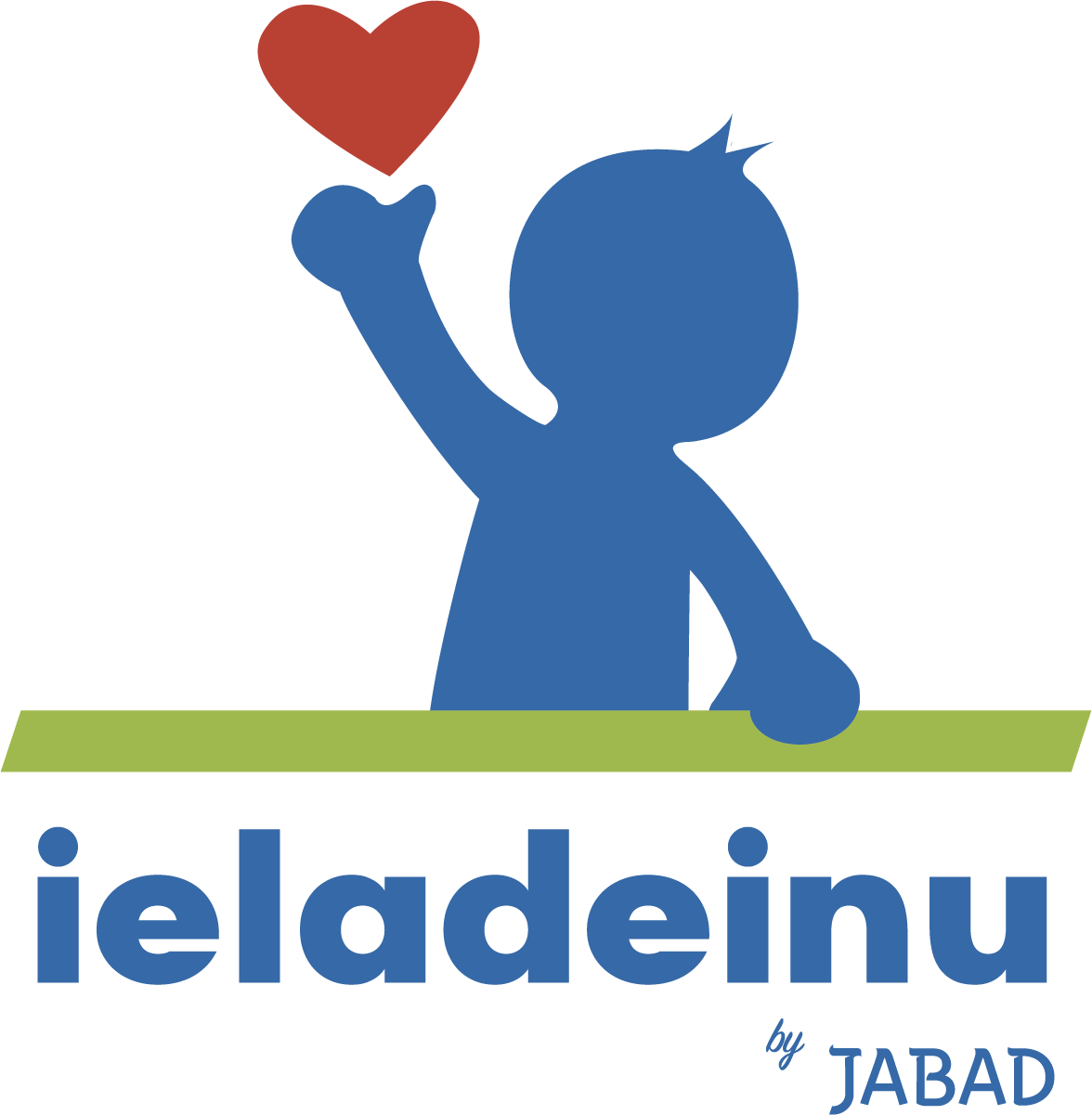What is Child Sexual Abuse?

Solidary Burako tournament
16 July, 2018
Healthy nutrition in vacations
5 December, 2018
Child Sexual Abuse (CSA) is one of the worst forms of violence against children and adolescents.
“CSA occurs when children are involved in sexual activities that they do not fully understand, to which they are not in a position to give informed consent, or for which they are evolutionarily immature and cannot consent to, or in sexual activities that transgress laws or social restrictions.”
CSA appears in activities between a child and an adult or between a child and another person who, “because of his/her age or his/her development, is in a position of responsibility, trust or power.”
It is also often considered abuse when the child is used for sexual stimulation of the aggressor or in sexual activities, for example, in exhibitionism or when an adult makes a child pose nude and forces him/her to watch pornography or have sex with other children, besides other possibilities. Touching, rubbing and physical contact are also abusive interactions.
Any Child and Adolescent (C&A) can be a victim of sexual abuse, regardless of their age, gender, ethnicity and sociocultural level.
In most detected cases, there are usually neither physical injuries that allow determining the aggressor, nor specific behaviors that the victim children show.
Nor are there any witnesses, given that sexual abuse is often done secretly. The majority of abuses are usually perpetrated by well-known adults, that is, reliable adults for the family or respected members in a community that live or are close to children and adolescents (C&A).
After suffering an abusive situation, C&A are abruptly expelled from the world of children and subjected to a situation highly harmful to their development, which produces irreparable damage to physical, mental and moral integrity.
It is important to keep in mind that C&A are always victims with respect to the aggressor. They are deceived, confused, seduced with special attentions, gifts, games or demonstrations of affection to achieve confidence progressively.
Child sexual abuse is kept silent because the children are threatened by the aggressor in relation to the loss of the family, they receive messages of threat of physical harm or death, and feelings of guilt and shame increase due to not being able to stop the abuse: they remain silent because they do not want to be accused of complicity and complacency with the sexual abuse they suffered, and they do not want to be stigmatized and rejected.
Some indicators at psychological and behavioral level
Most indicators described are not exclusively linked to child sexual abuse, and may be related to other circumstances of the child's life. In addition, C&A can be asymptomatic (THIS IS WHY AN EVALUATION WITH SPECIALISTS IS CRUCIAL)!
- Sexual games or language not appropriate for age.
- Drawings of a sexual nature.
- Sudden fears or phobias. OUTBREAKS OF ANGUISH, ANXIETY OR DEPRESSION (fear of darkness, men, etc.)
- Sleep disorders, unusual restlessness, NIGHTMARES INCREASE.
- Regressive behavior in young children (wet the bed, suck the finger, etc.)
- WITHDRAWAL BEHAVIOR.
- Self-destructive behavior.
- Extreme mistrust TO STAY WITH SOME PERSON IN PARTICULAR.
- Unusual change in school performance.
- Noticeable changes in personality (depression, anger, hostility, aggression).
- Suicidal ideas and attempts.
- Promiscuity and/or prostitution.
- Rejection of one's sexuality and sex.
- Sudden fear: to parents, to return home, to vacations, to a medical examination.
- Absent attitude, abnormally childish behavior.
- Compulsive masturbation.
- ESCAPES FROM HOME.
Here are practical tips to encourage boys and girls to be openly communicative about sexual issues:
- Teach boys and girls the names of private body parts.
- Emphasize that the sexual aggressor can be either a relative, or a known or unknown person.
- Let them know that they have the right to decide about their own body.
- Give them self-confidence. Encourage them to say “NO!” when they do not want to be touched, even in ways that are not sexual (politely refusing hugs, for example).
- Make it clear that from 3 years of age they no longer need help from other adults or adolescents to take care of their private parts. Promote autonomy to go to the bathroom, get dressed and bathe.
- Teach them to take care of their own private parts so they do not have to depend on others.
- Teach the difference between good secrets (a surprise party) and bad secrets. What is a bad secret? The one that children are supposed to keep forever and that hides actions that are not right.
Preventive measures
It is critical to focus on detection and prevention. For this, it is fundamental to favor communication with C&A since they are born. There are numerous programs designed to teach from very young age notions about their body safety, healthy limits and differences between good, confusing and bad touching.
Who to contact about suspected Child Sexual Abuse IN ARGENTINA?
ASSISTANCE AND REFERAL | COMPLAINT |
102 LINE: C&A phone line. Operates in 15 jurisdictions of the country. | Police station |
0800-222-1717 LINE: Victims against Violence Program. National Ministry of Justice. | Police Station for Women |
144 LINE: Violence against Women. National Council for Women | Criminal and Family Courts |
137 LINE: Victims against Violence Program. Assistance Brigade (City of Buenos Aires) | Criminal prosecutors or specific prosecution offices for crimes against sexual integrity. |
Justice Access Centers. National Ministry of Justice and Human Rights | Advisory offices. Child Protective Services. |
Sexualized behaviors and language, sleep and eating disorders, anguish, depression, anger, self-destructive behaviors, among others.
THERE ARE MANY ALERT SIGNS.
November 19th
World Day for the Prevention of Child Abuse
Child Sexual Abuse is one of the worst forms of violence against children and adolescents, and is a growing problem in the world. Listening is crucial because the story of a child or adolescent is sometimes the only evidence.
BE INFORMED. PAY ATTENTION. REPORT.

References:
Abuso sexual contra NNYA. Una guía para tomar acciones y proteger sus derechos. Unicef
Grita fuerte. Programa de Prevención del Maltrato y el Abuso Sexual Infantil. Asociación RANA
Maltrato de niños, niñas y adolescentes. Detección e intervención. Irene Intebi/ Norma Osnajanski
Practicas para asitir y defender a NNYA. Eva Giberti (coord), José Atilio Alvarez, Mari Beloff, Virginia Berlinerblau, María Inés Bringiotti y Alberto Calabrese
